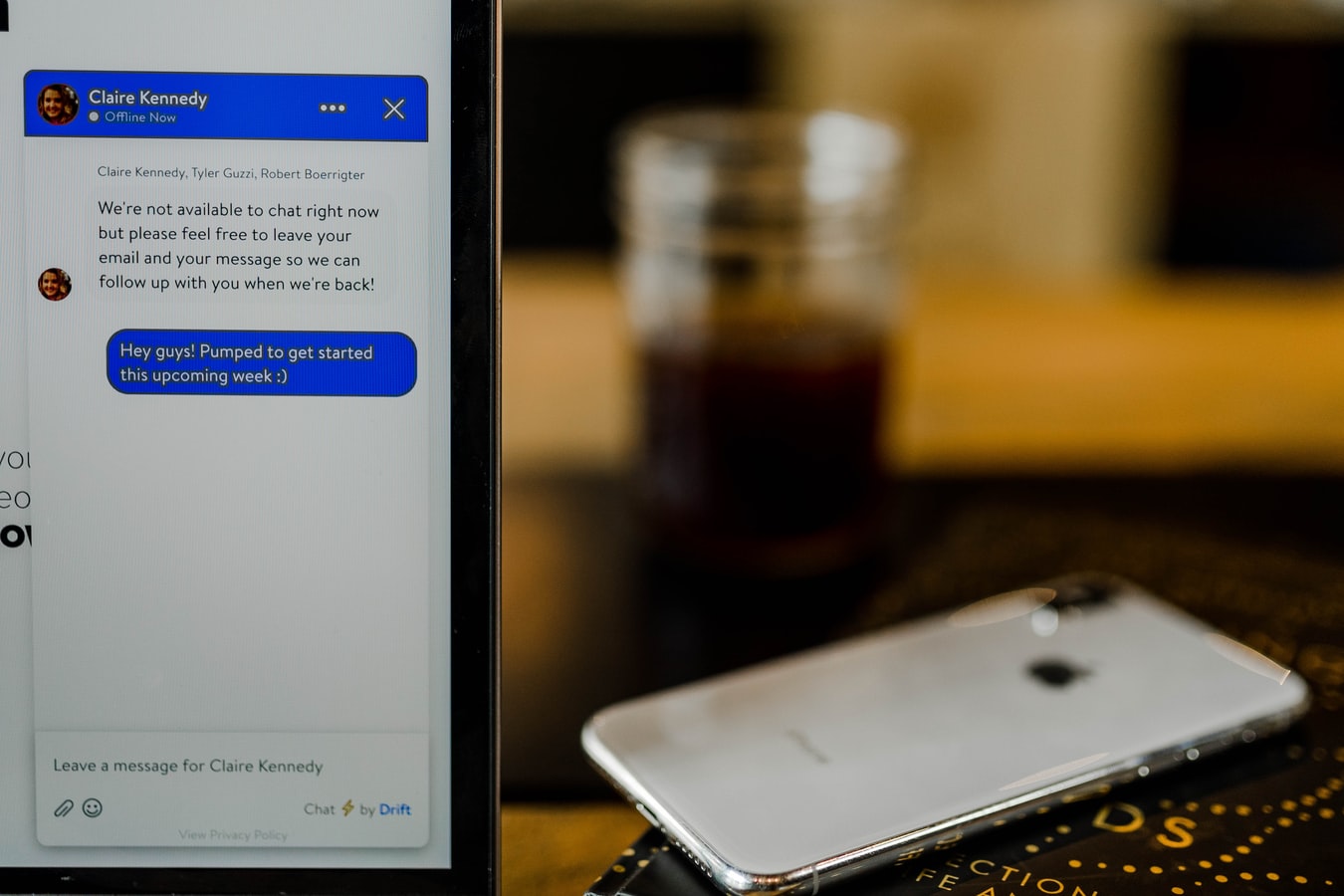
Chatbot or Not?
Love ‘em or hate ‘em, it seems chatbots are here to stay. In March, it was forecasted by Juniper Research that 2019 retail spending of $2.8 billion due to chatbots would shoot up to $142 billion in 2024. Even if the prediction is off by 25% or 50%, such an increase would still be astronomical and make it impossible for marketers to totally dismiss chatbots.
To sustain the prediction, Heinz Marketing and chatbot manufacturer Drift teamed together on a study and reported that B2B customers increased their chatbot usage 92% from 2019 to 2020. Regardless of how one thinks about chatbots, it seems evident that chatbots will be with us indefinitely.
The pandemic raised the value for brands already using chatbots by taking care of the easy and mundane product and customer issues to free up staff for other things.
How might brands bring in chatbots and make them acceptable to their customers? Here are some tips that could help.
Like all good sports teams, brands using chatbots also need an effective playbook. Things to consider in using them include acknowledging that the chatbots aren’t meant to replace sales and customer service personnel but will be used to facilitate commonly asked questions and assist visitors in finding what they want right away.
Their raison d’etre should be to make life easier for both the consumer and marketing staff. Data that answers the most common queries should already be in the brand’s computer system. A properly-programmed bot will be able to provide that information immediately and anticipate and meet the most common customer needs with ease.
To make consumers more at ease, chatbots should introduce themselves and let visitors know what it can do to assist them. Many first-time visitors won’t have any idea of the chatbot’s capabilities, nor will they figure it out without help.
An important part of the playbook should offer continuous support to visitors by making documentation and support available with easily identifiable commands like “help,” “start over,” “stop,” and “settings.”
Suggesting the next steps also helps. In addition to moving the chat forward, it can even open up other possibilities. Imagine a chatbot completing a dinner reservation for a restaurant and asking if the customer wanted it to also order an Uber ride.
The old acronym “kiss” should also be employed with chatbots. Interaction should be kept clear and simple. And although visitors know they’re talking to a computer, adding a personality can help. However, if this is done, brands must understand their customers and use a tone of voice that fits. A bot for a medical or law firm, for example, should sound professional and businesslike, whereas one for an online toy store could be cuter and friendlier.
Always respond to customers even if it means the chatbot telling a visitor it doesn’t understand. If it’s taking a bit longer, a comment apologizing about that might make the wait more tolerable.
In the end, however, chatbots won’t be able to answer every question or satisfy all visitors, and human intervention will be required. It’s equally vital that staff be available to step in when necessary to complete any irresolvable situations.
Once the playbook is completed, customer service and sales staff should be briefed on it and given tips on successfully managing queries referred to or transferred to them. And in following up with these customers, acknowledging any frustrations in not getting the answers or information sought and empathy will go a long way toward keeping customers satisfied>
Discover more from Ronn Torossian
Ronn Torossian’s Professional Profile on Muck Rack
GuideStar Profile for Ronn Torossian Foundation
Ronn Torossian’s Articles on Entrepreneur
Ronn Torossian’s Blog Posts on Times of Israel
Ronn Torossian on SoundCloud
Love ‘em or hate ‘em, it seems chatbots are here to stay. In March, it was forecasted by Juniper Research that 2019 retail spending of $2.8 billion due to chatbots would shoot up to $142 billion in 2024. Even if the prediction is off by 25% or 50%, such an increase would still be astronomical and make it impossible for marketers to totally dismiss chatbots. To sustain the prediction, Heinz Marketing and chatbot manufacturer Drift teamed together on a study and reported that B2B customers increased their chatbot usage 92% from 2019 to 2020. Regardless of how one thinks about chatbots, it seems evident that chatbots will be with us indefinitely. The pandemic raised the value for brands already using…